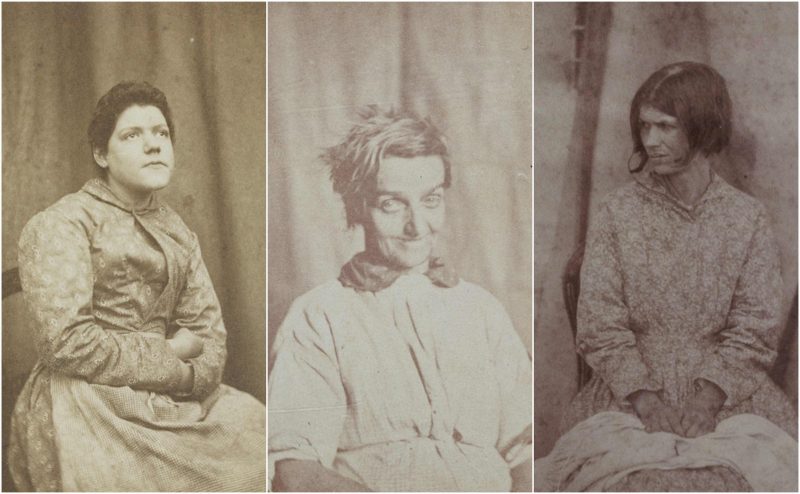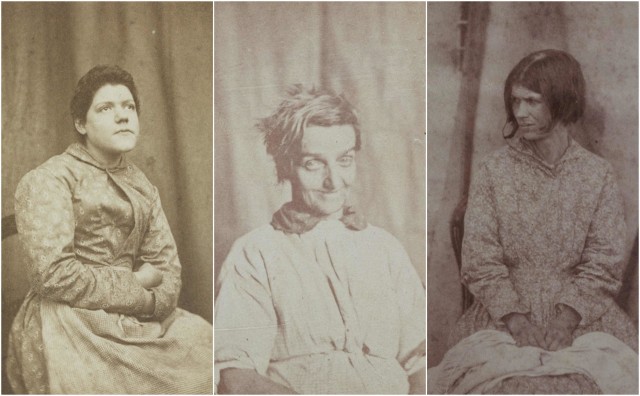
Hugh Welch Diamond was an early British psychiatrist and photographer who made a major contribution to the craft of psychiatric photography. Diamond was fascinated by the possible use of photography in the treatment of mental disorders; some of his many calotypes depicting the expressions of people suffering from mental disorders are particularly moving. These were used not only for recording purposes but also, he claimed in the treatment of patients – although there was little evidence of success.
These eerie photos show the female patients from Surrey County Asylum in England where Dr.Hugh Welch Diamond worked as a psychiatrist where he remained until 1858.
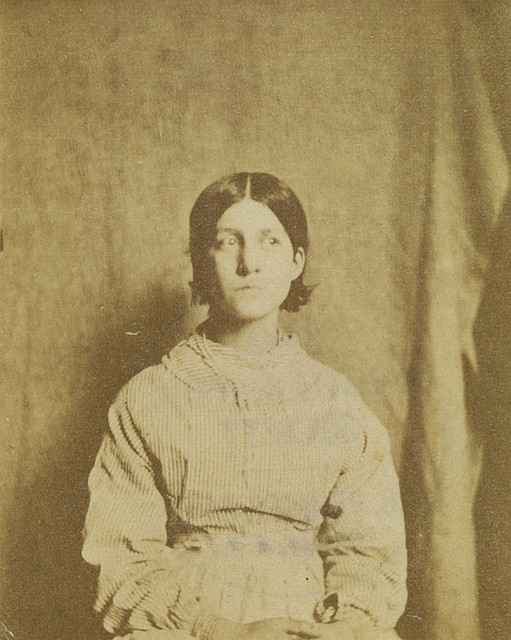
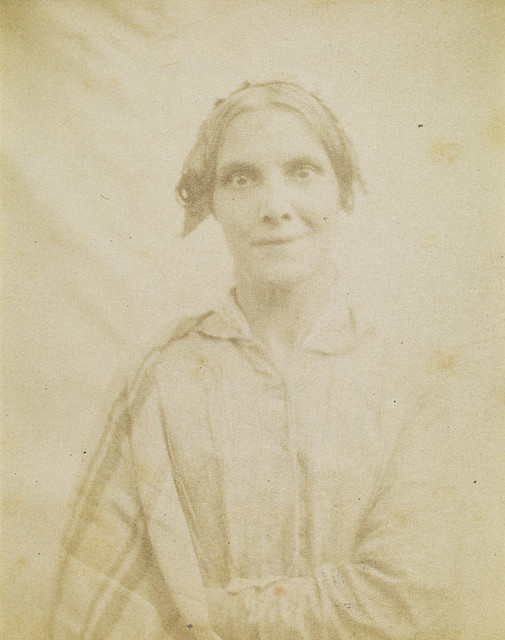
Guided by the pseudo-science of physiognomy, in which the expression of the face is believed to be the mirror of the soul, Diamond claimed that through analyzing the faces of the patients, physicians could distinguish the specific mental state. Some of the faces of the patients were seen to represent types of illness such as delusional paranoia and melancholia.
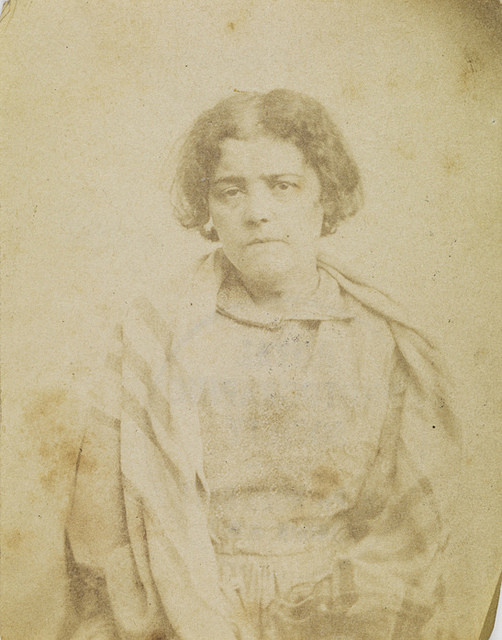
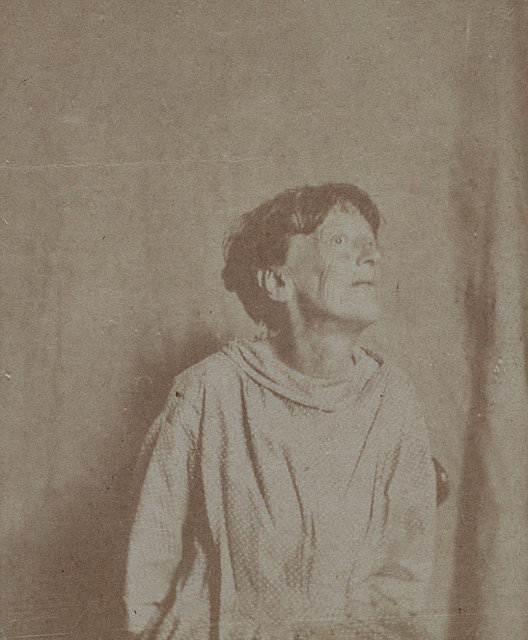
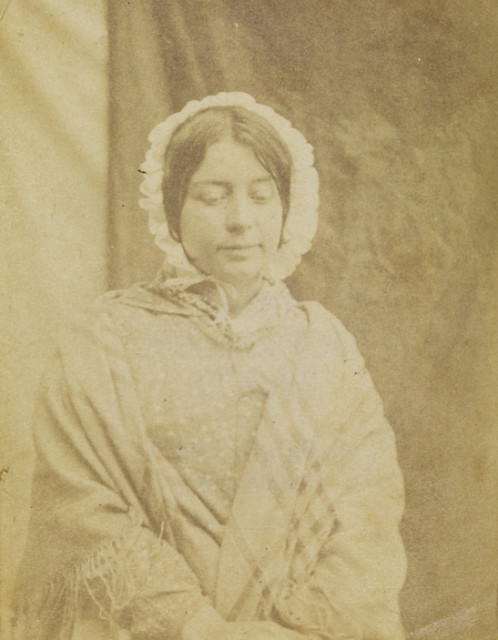
“The Photographer catches in a moment the permanent cloud or the passing storm or sunshine of the soul and thus enables the Metaphysician to witness and trace out the visible and the invisible in one important branch of his researches into the Philosophy of the human mind”. as explained in an 1856 paper titled ‘On the Application of Photography to the Physiognomy and Mental Phenomena of Insanity’
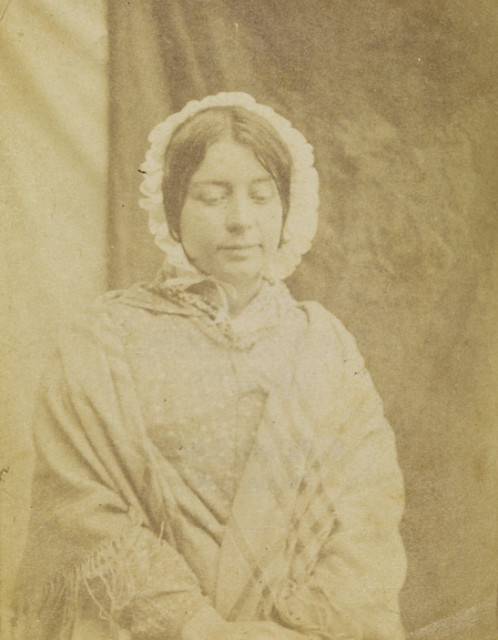
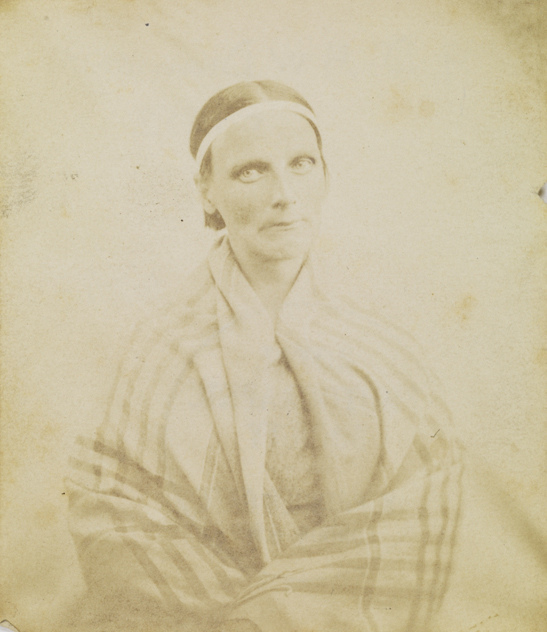
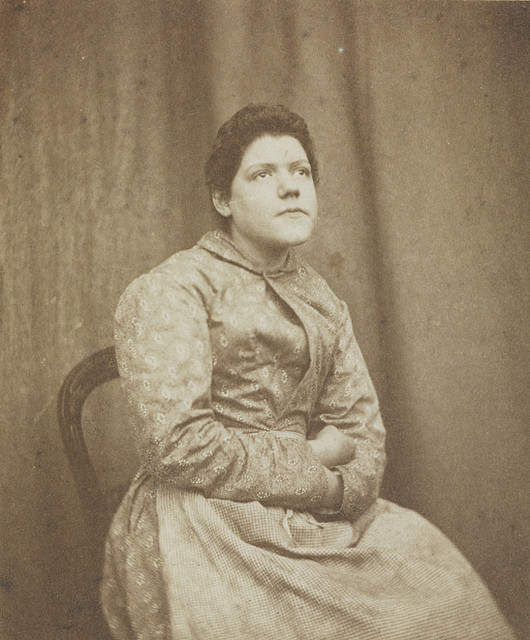
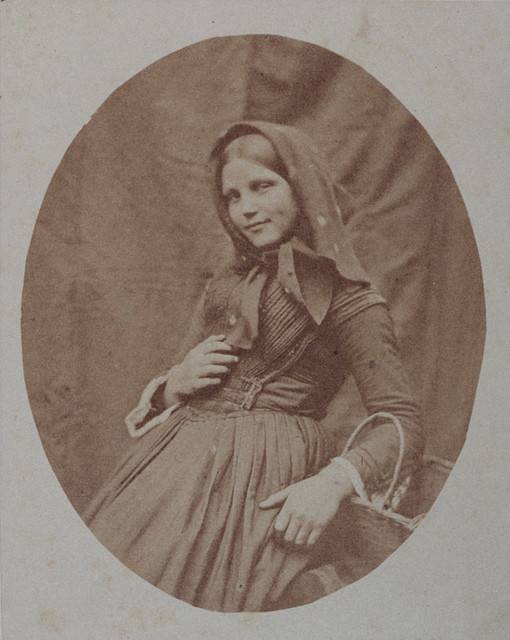
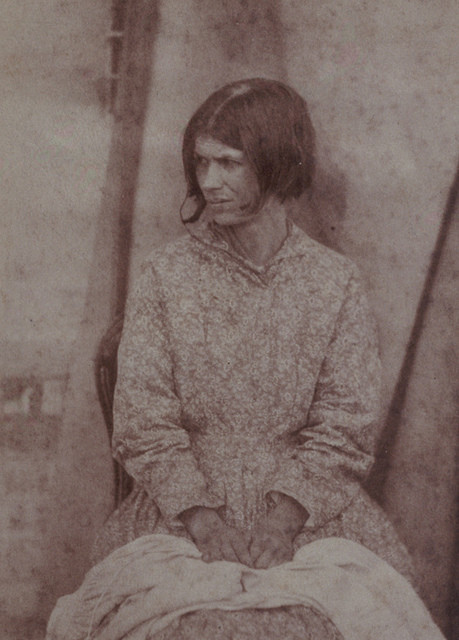

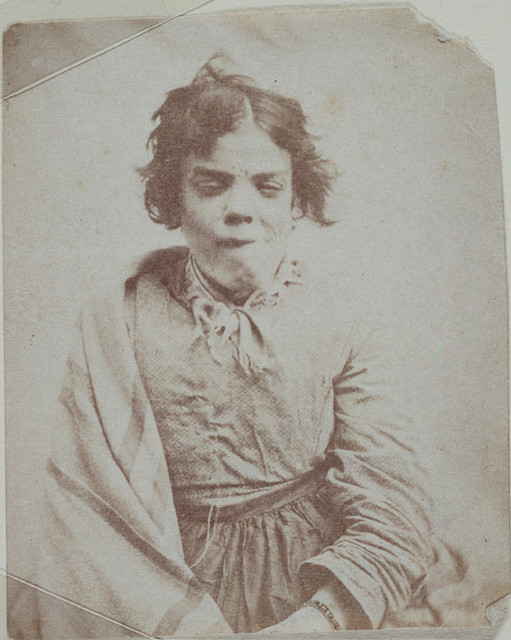
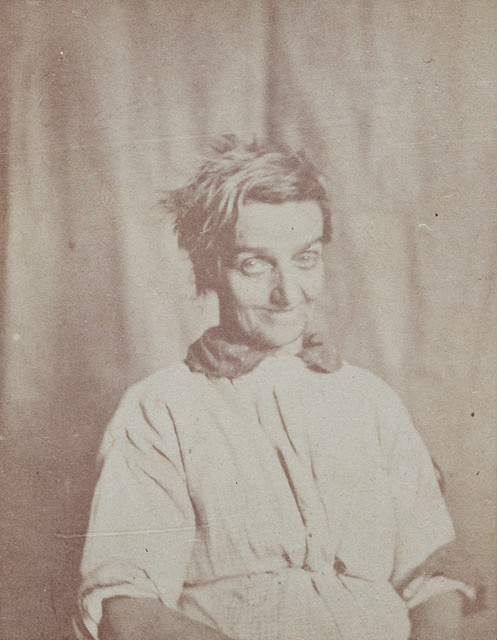
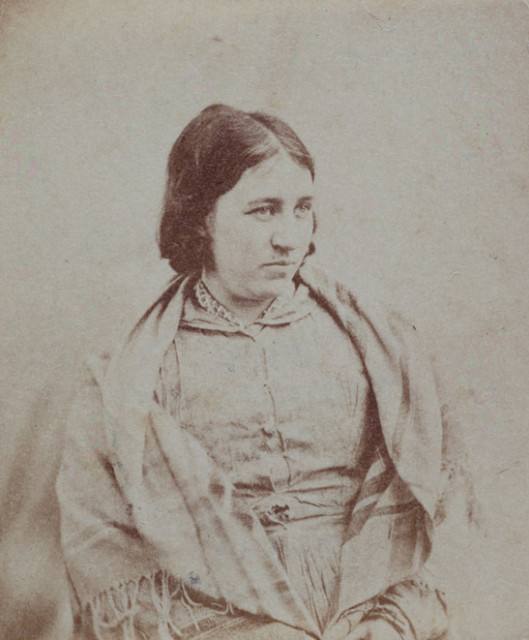
All photos by: National Media Museum
